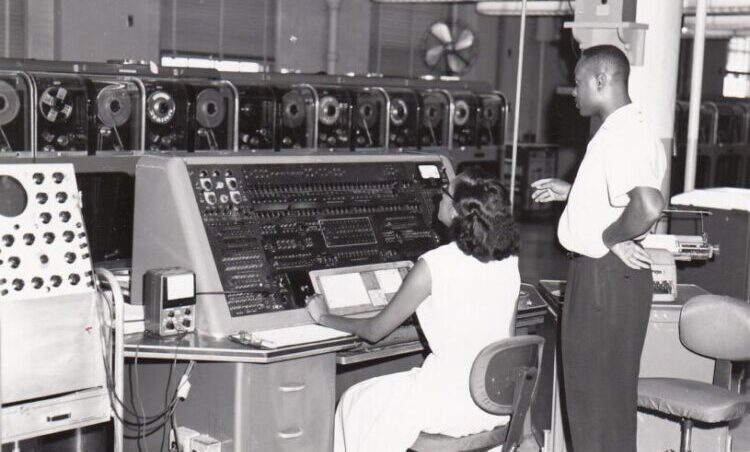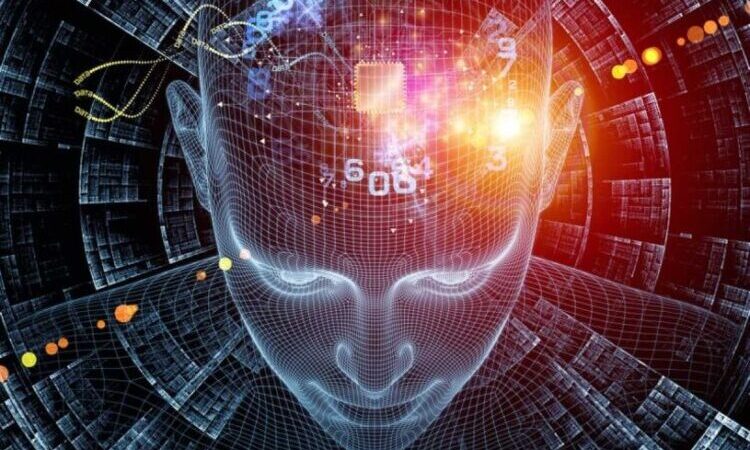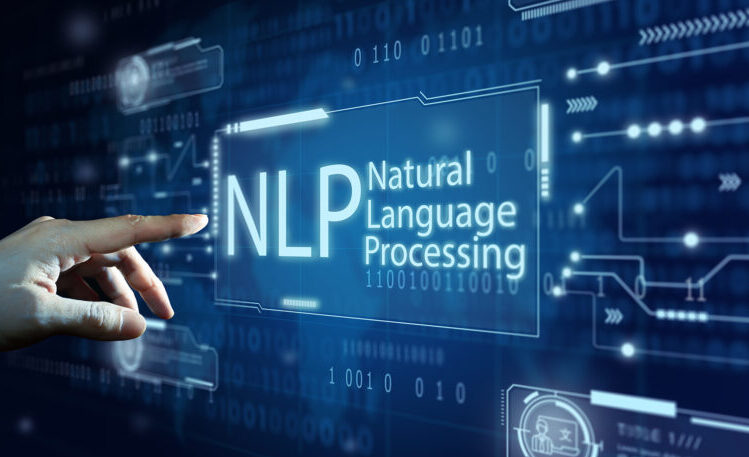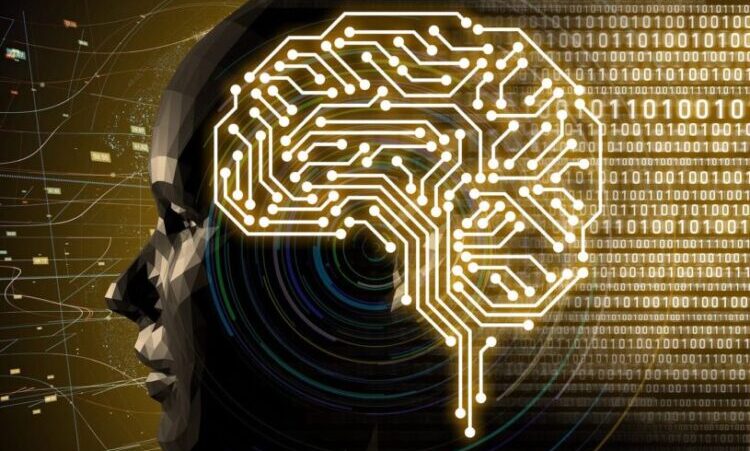Translation technology has come a long way over the years, transforming the way we bridge language barriers. In this article, we will explore the evolution of translation technology, from its humble beginnings to its current cutting-edge state. We’ll also take a glimpse into the promising future of translation technology. So, let’s embark on a journey through the past, present, and future of this fascinating field.
The Early Days of Translation Technology

Before we delve into the high-tech world of translation, let’s rewind to the early days when translation was a manual and time-consuming process. Human translators were the sole option, relying on their linguistic prowess to convert text from one language to another. It was a painstaking endeavor, often prone to errors and subjectivity.
Early attempts at automating translation emerged in the mid-20th century. One of the pioneering efforts was the development of the “Georgetown-IBM Experiment” in 1954. This computerized translation system aimed to translate Russian into English. However, it fell short of producing accurate and meaningful translations, highlighting the complex nature of language.
Machine Translation (MT) Takes Root
The 1960s saw the emergence of more sophisticated machine translation systems. Researchers began to use algorithms and computational power to enhance translation processes. Among these developments was the creation of the Automatic Language Processing Advisory Committee (ALPAC) by the U.S. government in 1964. ALPAC aimed to evaluate the feasibility of machine translation.
Despite the challenges, the field continued to advance. In 1978, the first commercial machine translation system, SYSTRAN, was introduced. It marked a significant milestone in the journey towards automated translation. However, the quality of translations was still far from perfect, and human intervention remained crucial.
The Present State of Translation Technology
Fast forward to the present, and translation technology has undergone a remarkable transformation. The advent of the internet and the rapid growth of global communication have fueled the demand for more efficient and accurate translation solutions. Here’s a look at the cutting-edge technologies that define the present state of translation:
Neural Machine Translation (NMT)

Neural Machine Translation represents a significant breakthrough in the field of translation technology. Unlike previous rule-based approaches, NMT uses artificial neural networks to analyze and translate text. This approach has significantly improved the quality of translations by considering the context and nuances of language.
Leading tech giants like Google and Microsoft have incorporated NMT into their translation services, providing users with more accurate and natural-sounding translations. NMT has become the standard for modern translation technology.
Translation APIs
Application Programming Interfaces (APIs) have revolutionized the way businesses and developers integrate translation into their applications and websites. Translation APIs allow real-time translation of content, making it easier to reach a global audience. Companies can now offer multilingual support and expand their reach effortlessly.
Speech Recognition and Translation
Voice translation has gained prominence with the advent of advanced speech recognition technology. Services like Google Translate and Apple’s Siri can now translate spoken words in real time. This technology is particularly useful for travelers and international business communication, eliminating language barriers in spoken conversations.
Natural Language Processing (NLP)

Natural Language Processing is at the core of many modern translation systems. It enables computers to understand and generate human language. NLP algorithms have improved translation accuracy by considering the context, idioms, and nuances in text. This technology is continuously evolving, making translations more human-like and contextually accurate.
Customized Translation Models
Businesses and organizations are increasingly developing customized translation models. By training translation systems on their specific terminology and content, they can achieve highly accurate and domain-specific translations. This level of customization is particularly valuable in fields like healthcare, legal, and technical industries.
Quality Assurance Tools
The quality of machine translation is still subject to imperfections. However, modern translation technology includes quality assurance tools that help improve translation accuracy. These tools can identify and highlight potential errors in translations, allowing human reviewers to refine the output.
The Future of Translation Technology

As we look ahead, the future of translation technology holds exciting possibilities. Here are some key trends and developments to anticipate:
Improved Language Coverage
Translation technology will continue to expand its language coverage. More languages and dialects will become accessible, enabling even broader global communication. This will be especially beneficial for businesses looking to tap into emerging markets.
Enhanced Multimodal Translation
Future translation systems will go beyond text and voice. They will be capable of translating images, videos, and even sign language. This will open up new avenues for inclusive communication and accessibility.
Augmented Reality (AR) Translation
AR glasses and devices are already in development to provide real-time translations as you navigate foreign environments. These innovations will make travel and cross-cultural interactions more seamless.
Quantum Computing and Translation

Quantum computing has the potential to revolutionize machine translation by solving complex linguistic problems faster and more efficiently. While this technology is still in its infancy, it holds promise for the future of translation.
Ethical and Privacy Considerations
As translation technology advances, ethical and privacy concerns will become more prominent. Protecting personal data and ensuring responsible AI use will be essential considerations in the development and deployment of translation systems.
Conclusion
The world of translation technology has come a long way from its humble beginnings. From early manual translation to the current era of Neural Machine Translation and AI-driven solutions, the field has evolved significantly. With innovations like customized models, multimodal translation, and AR devices on the horizon, the future looks even more promising.
As we continue to break down language barriers, it’s important to remember that technology should complement human efforts, not replace them entirely. Translation technology is a powerful tool, but human expertise and cultural understanding remain invaluable in achieving accurate and meaningful translations. In the ever-advancing world of translation technology, the possibilities are boundless, and the journey is far from over.
